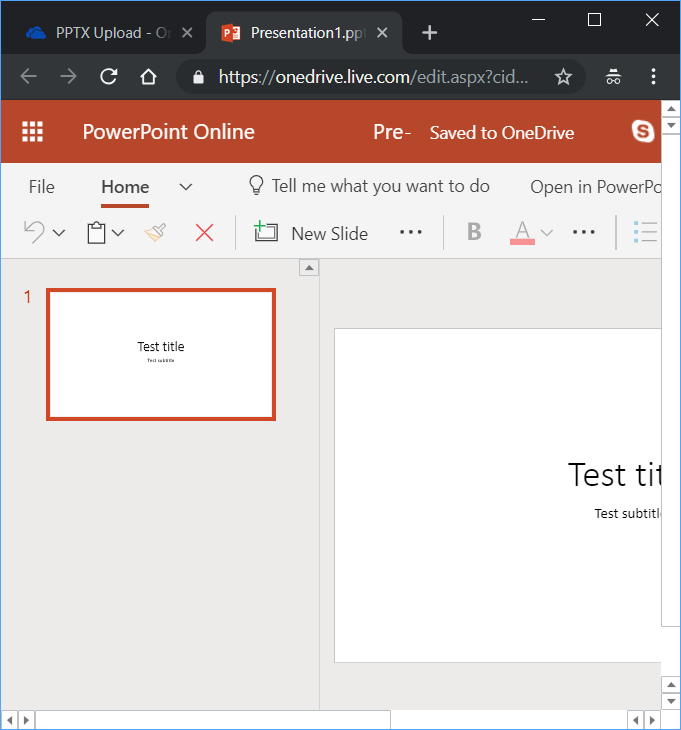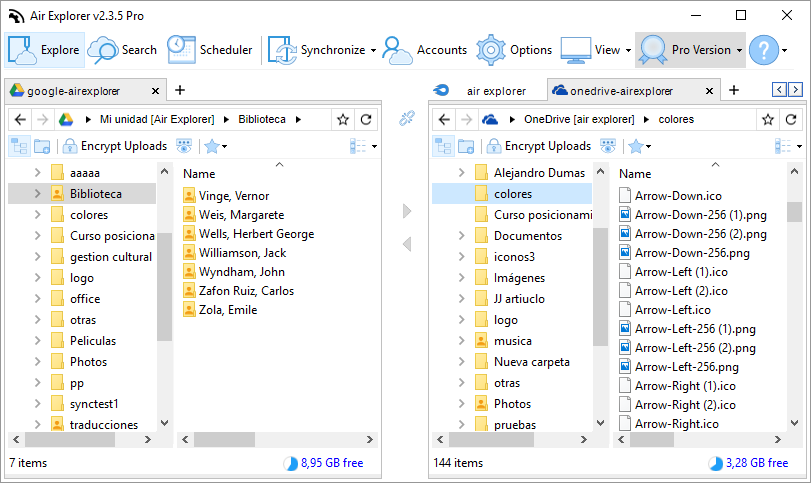

What happens when the OneDrive sync client tries to sync an infected file?

As long as the file has been marked as malware, admins can use Get-SPOMalwareFileContent to extract the file.įor more information about the infected file, admins can use the Get-SPOMalwareFile cmdlet to see the type of malware that was detected and the status of the infection. Admins don't need access to the site that hosts the infected content. SharePoint admins and global admins are allowed to do forensic file extractions of malware-infected files in SharePoint Online PowerShell with the Get-SPOMalwareFileContent cmdlet. Can admins bypass DisallowInfectedFileDownload and extract infected files? The value $true for the DisallowInfectedFileDownload parameter completely blocks access to detected/bocked files for users.įor instructions, see Use SharePoint Online PowerShell to prevent users from downloading malicious files. To change this behavior so users can't download infected files, even from the anti-virus warning window, admins can use the DisallowInfectedFileDownload parameter on the Set-SPOTenant cmdlet in SharePoint Online PowerShell. The user is given the option to proceed with the download and attempt to clean it using anti-virus software on their device. The user is shown a warning that a virus has been detected in the file.In a web browser, a user tries to download a file from SharePoint Online that happens to be infected.What happens when a user tries to download an infected file by using the browser?īy default, users can download infected files from SharePoint Online. If a virus is found within the scanned file, the virus engine sets a property on the file that indicates the file is infected.If the file meets the criteria for a scan, the virus detection engine scans the file.SharePoint Online, as part of its virus scanning processes, later determines if the file meets the criteria for a scan.A user uploads a file to SharePoint Online.When a file is found to contain a virus, the file is flagged. All file types are not automatically scanned. If a file has not yet been scanned by the asynchronous virus detection process, and a user tries to download the file from the browser or from Teams, a scan on download is triggered by SharePoint before the download is allowed.

The Microsoft 365 virus detection engine scans files asynchronously (at some time after upload). What happens if an infected file is uploaded to SharePoint Online? For more information about strategies and best practices, see Security roadmap. We encourage all customers to investigate and implement anti-malware protection at various layers and apply best practices for securing their enterprise infrastructure.

They aren't intended as a single point of defense against malware for your environment. The built-in anti-virus capabilities are a way to help contain viruses.


 0 kommentar(er)
0 kommentar(er)
